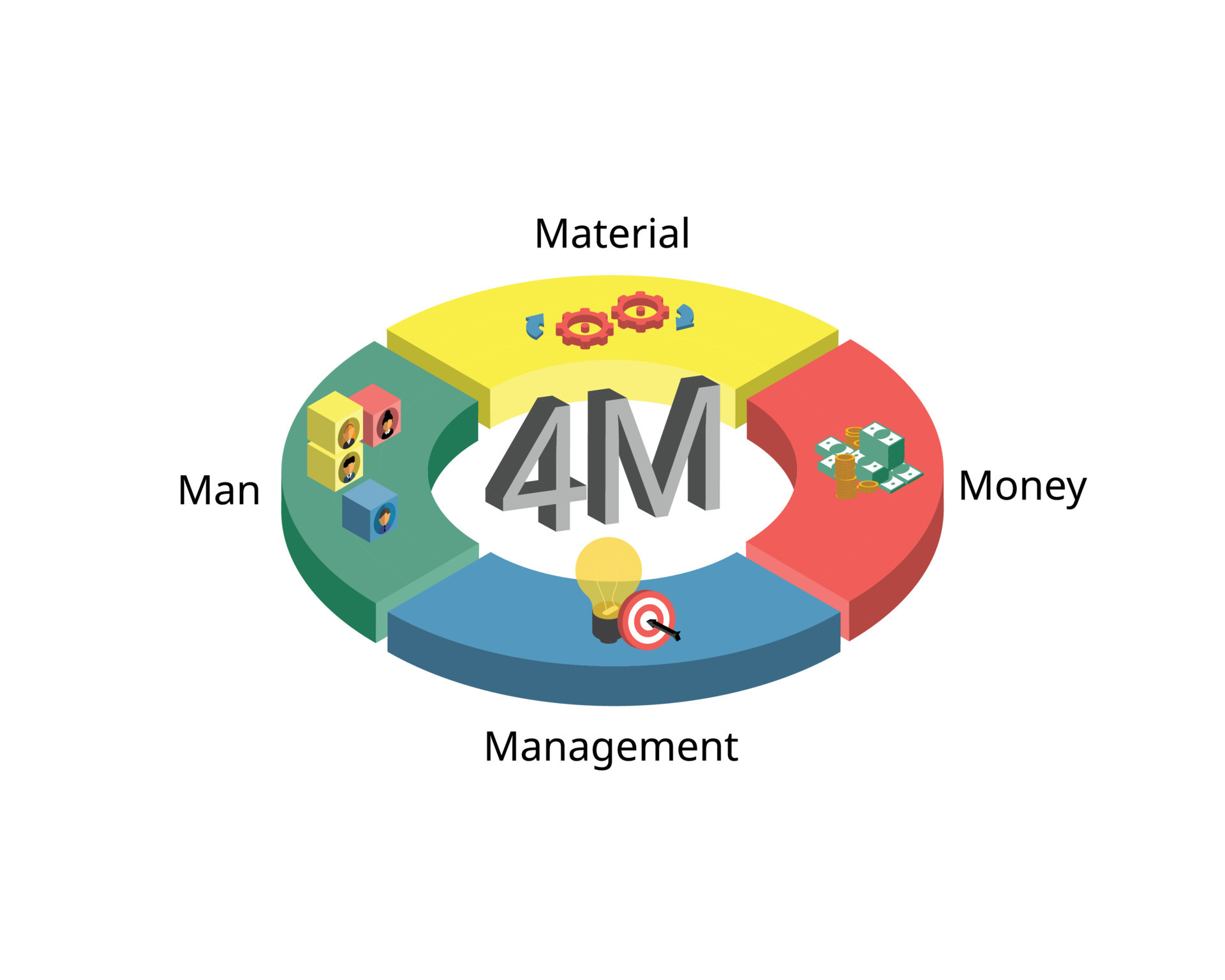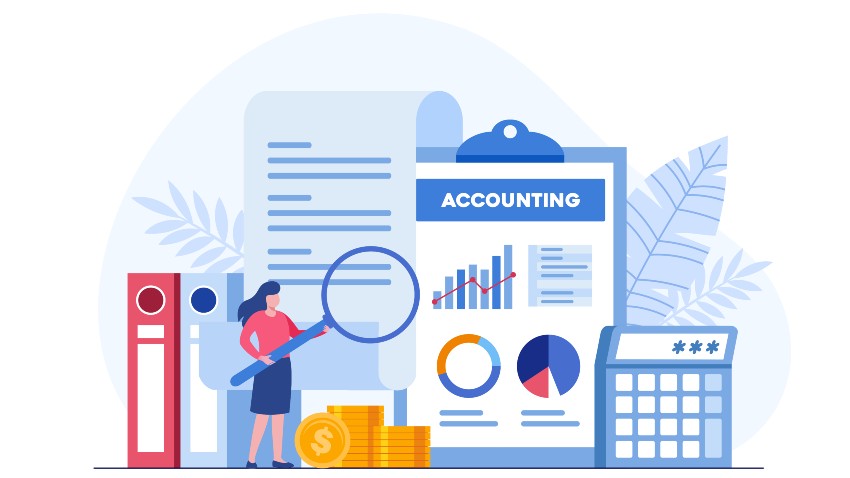Managing your finances effectively can be a daunting task, but with the right tools and resources, you can gain control over your money and achieve your financial goals. ‘Manage My Money Tools and Resources’ delves into the world of budgeting apps, financial planning resources, investment strategies, and debt management techniques, empowering you to make informed decisions about your money and build a secure financial future.
This guide explores a range of tools and resources, from popular budgeting apps like Mint and YNAB to comprehensive financial planning websites and investment platforms. We’ll also discuss the importance of creating a personalized financial plan, setting realistic financial goals, and navigating the complexities of debt management and credit repair.
Budgeting Tools and Apps

Budgeting tools and apps can be invaluable resources for individuals looking to take control of their finances. They provide a comprehensive platform to track spending, set financial goals, and create a savings plan. While many budgeting apps are available, understanding the differences between popular options like Mint, YNAB, and Personal Capital can help you choose the best fit for your needs.
Comparing Budgeting Apps
Different budgeting apps offer unique features and cater to various financial management styles. Understanding their key differences can help you choose the app that aligns with your needs and preferences.
- Mint: Mint is a free budgeting app that aggregates your financial accounts, provides insights into your spending habits, and helps you create a budget. It excels in its user-friendly interface, automatic account aggregation, and real-time transaction tracking. Mint is a good choice for individuals seeking a simple and free budgeting tool.
Managing your finances effectively requires a comprehensive approach, encompassing budgeting tools, investment platforms, and even insurance planning. To ensure your financial security, consider exploring Get a USAA Insurance Quote: A Comprehensive Guide for a detailed look at USAA’s offerings.
By understanding your insurance needs and exploring potential options, you can further enhance your overall financial management strategy.
- YNAB (You Need a Budget): YNAB is a paid budgeting app that emphasizes a “zero-based” budgeting approach, where every dollar is assigned a specific purpose. This method helps you prioritize spending and ensures that you don’t overspend. YNAB offers robust features, including budgeting tools, goal setting, and reporting.
It is ideal for individuals seeking a structured and disciplined approach to budgeting.
- Personal Capital: Personal Capital is a free financial management platform that goes beyond budgeting. It offers features like investment management, retirement planning, and net worth tracking. While Personal Capital provides budgeting tools, its focus is on comprehensive financial management. It is suitable for individuals looking for a holistic approach to managing their finances.
Managing your finances effectively requires a well-rounded approach, utilizing a variety of tools and resources. For those seeking coverage for their watercraft, understanding the nuances of boat insurance is crucial, especially for military members who may have unique needs.
Boat Insurance Quote USAA: A Guide for Military Members offers valuable insights into securing the right policy. Ultimately, by leveraging the right tools and resources, individuals can confidently navigate the complex world of personal finance.
Setting Up a Budget Using a Budgeting App
Setting up a budget using a budgeting app is a straightforward process. Here is a step-by-step guide:
- Choose a budgeting app: Select an app that aligns with your financial goals and preferences. Consider factors such as features, pricing, and user interface.
- Connect your accounts: Link your bank accounts, credit cards, and other financial accounts to the app. This allows the app to automatically track your transactions.
- Categorize your spending: Review your past transactions and categorize them based on spending categories such as housing, food, transportation, and entertainment.
- Create a budget: Allocate your income to different spending categories based on your financial goals and priorities.
- Track your spending: Monitor your spending regularly and adjust your budget as needed. The app will provide insights into your spending patterns and help you identify areas where you can save.
Tips for Using Budgeting Tools
Budgeting tools can be powerful resources for managing your finances effectively. Here are some tips for maximizing their benefits:
- Set realistic goals: Start with small, achievable goals and gradually increase your financial ambitions.
- Automate savings: Set up automatic transfers from your checking account to your savings account to build a healthy emergency fund and achieve your financial goals.
- Review your budget regularly: Reassess your budget at least once a month or quarterly to ensure it aligns with your changing financial needs and priorities.
- Track your progress: Regularly monitor your spending and savings progress to stay motivated and on track.
Financial Planning Resources

A financial plan serves as a roadmap for your financial future, guiding you towards your financial goals. It Artikels your current financial situation, sets specific goals, and creates a plan to achieve them.
Importance of Financial Planning
Creating a financial plan is crucial for achieving financial stability and security. It provides a framework for making informed financial decisions and helps you stay on track to achieve your goals.
Key Elements of a Financial Plan, Manage My Money Tools and Resources
- Set Financial Goals: Identify short-term, medium-term, and long-term financial goals. Examples include buying a house, saving for retirement, or paying off debt.
- Assess Your Current Financial Situation: Determine your income, expenses, assets, and liabilities. This provides a baseline for your financial plan.
- Develop a Budget: Create a realistic budget that tracks your income and expenses, ensuring you allocate sufficient funds for your goals and savings.
- Plan for Retirement: Determine your retirement savings needs and develop a strategy to reach your goals. This may involve contributing to a 401(k) or IRA.
- Manage Debt: Create a plan to pay down high-interest debt, such as credit card debt, to improve your financial health.
- Protect Yourself: Consider insurance policies, such as health, life, and disability insurance, to safeguard yourself and your family from financial risks.
- Invest Wisely: Develop an investment strategy that aligns with your risk tolerance and financial goals. This may involve investing in stocks, bonds, or real estate.
- Review and Adjust: Regularly review your financial plan and make adjustments as needed based on changes in your circumstances or goals.
Financial Planning Resources
- Websites: Many reputable websites offer free financial planning tools and resources, including calculators, articles, and guides. Examples include:
- Investopedia: Provides comprehensive information on financial planning, investing, and retirement planning.
- Bankrate: Offers tools for comparing financial products, such as mortgages, credit cards, and loans.
- NerdWallet: Provides financial advice and resources, including budgeting tools and debt management strategies.
- Books: There are numerous books available that provide guidance on financial planning. Examples include:
- “The Total Money Makeover” by Dave Ramsey: A popular book that focuses on debt management and financial freedom.
- “The Millionaire Next Door” by Thomas J. Stanley and William D. Danko: Explores the habits and financial behaviors of wealthy individuals.
- “Rich Dad Poor Dad” by Robert Kiyosaki: A popular book that advocates for financial education and investing in assets.
- Financial Advisors: Consider consulting a certified financial planner (CFP) or other qualified financial advisor. They can provide personalized advice and guidance based on your specific financial situation and goals.
- Financial Planning Association (FPA): Offers a directory of CFPs and other financial professionals.
- National Association of Personal Financial Advisors (NAPFA): A professional organization for fee-only financial advisors.
Tips for Using Financial Planning Resources
- Start Early: Begin planning for your financial future as early as possible to maximize the benefits of compound interest and long-term growth.
- Be Realistic: Set achievable financial goals and develop a plan that aligns with your current circumstances and resources.
- Seek Professional Advice: Consult a qualified financial advisor for personalized guidance and support in making informed financial decisions.
- Stay Informed: Continuously educate yourself about financial matters and stay up-to-date on market trends and economic conditions.
- Review and Adjust: Regularly review your financial plan and make adjustments as needed to reflect changes in your life, goals, or market conditions.
Investing Tools and Strategies
Investing is a crucial aspect of financial planning, allowing individuals to grow their wealth over time and achieve their financial goals. By understanding the various investment options available, the process of opening an investment account, and different investment strategies, individuals can make informed decisions and maximize their investment returns.
Managing your finances effectively requires a comprehensive approach, encompassing various aspects of your financial life. A crucial element of this strategy is securing adequate insurance coverage, particularly for your home. For homeowners in Rhode Island, understanding the nuances of home insurance can be simplified with a comprehensive guide like Rhode Island Home Insurance Quotes: A Guide for Homeowners.
This resource provides valuable insights into securing the right coverage at competitive rates, allowing you to allocate your finances wisely and protect your most valuable asset.
Types of Investments
Investing involves allocating money to assets with the expectation of generating a return. Different investment options cater to varying risk tolerances and investment goals.
- Stocks:Stocks represent ownership in a company. Stock prices fluctuate based on factors like company performance, industry trends, and overall market conditions. Investors can buy and sell stocks on stock exchanges, aiming to profit from price appreciation or dividends.
- Bonds:Bonds represent loans made to governments or corporations. Investors receive regular interest payments and the principal amount upon maturity. Bonds are generally considered less risky than stocks but offer lower potential returns.
- Mutual Funds:Mutual funds pool money from multiple investors to invest in a diversified portfolio of stocks, bonds, or other assets. They offer professional management and diversification benefits, making them suitable for investors seeking a hands-off approach.
- Exchange-Traded Funds (ETFs):ETFs are similar to mutual funds but trade on stock exchanges like individual stocks. They offer diversification and low expense ratios, making them attractive to cost-conscious investors.
Opening an Investment Account
Opening an investment account is the first step towards investing. Investors need to choose a brokerage firm that aligns with their investment needs and preferences.
- Research and compare brokerage firms:Consider factors like fees, trading platforms, research tools, and customer service. Some popular brokerage firms include Fidelity, Vanguard, and Charles Schwab.
- Open an account:Provide personal information, funding options, and investment goals. The brokerage firm will verify your identity and open your account.
- Fund your account:Transfer money from your bank account to your brokerage account to begin investing.
Investment Strategies
Investment strategies vary based on risk tolerance, investment goals, and time horizon.
| Strategy | Risk Tolerance | Investment Goal | Example |
|---|---|---|---|
| Growth Investing | High | Long-term capital appreciation | Investing in stocks of rapidly growing companies with high potential for future growth. |
| Value Investing | Moderate | Long-term capital appreciation and dividends | Investing in undervalued stocks with strong fundamentals and a potential for future price appreciation. |
| Income Investing | Low | Regular income stream | Investing in bonds, preferred stocks, or dividend-paying stocks to generate regular income. |
| Index Investing | Low to Moderate | Tracking a specific market index | Investing in index funds or ETFs that track a particular market index, such as the S&P 500. |
Debt Management and Credit Repair
Debt can be a significant financial burden, but effective management strategies can help you regain control of your finances. Understanding different debt management approaches, credit repair techniques, and proactive measures to avoid debt is crucial for building a strong financial foundation.
Debt Management Strategies
There are several proven strategies for tackling debt, each with its unique advantages and considerations.
- Debt Consolidation: This strategy involves combining multiple debts into a single loan with a lower interest rate. This can simplify payments and potentially reduce overall interest costs. However, it’s essential to ensure the new loan has favorable terms and a manageable repayment period.
- Debt Snowball Method: This method prioritizes paying off the smallest debt first, regardless of interest rates. This can provide early wins and boost motivation, as you quickly see progress. Once the smallest debt is repaid, you roll the payment amount into the next smallest debt, creating a snowball effect.
- Debt Avalanche Method: This strategy focuses on paying off debts with the highest interest rates first. While it may take longer to see results, it can save significant amounts in interest charges over time. This method is ideal for individuals who prioritize minimizing overall interest costs.
Credit Repair
Improving your credit score can unlock better financial opportunities, including lower interest rates on loans and credit cards.
- Dispute Inaccurate Information: Review your credit reports for any errors and file disputes with the credit bureaus. Incorrect information can negatively impact your score, and disputing it can help improve it.
- Pay Bills on Time: Payment history accounts for a significant portion of your credit score. Make timely payments to all your accounts to demonstrate responsible financial behavior.
- Utilize Credit Wisely: Maintain a low credit utilization ratio by keeping your credit card balances below 30% of your available credit limit. This indicates responsible credit management and can positively influence your score.
- Become an Authorized User: Consider becoming an authorized user on a credit card account with a good payment history. This can help improve your score, particularly if you have a limited credit history.
Avoiding Debt and Building a Strong Financial Foundation
Proactive measures can help you avoid accumulating debt and build a solid financial foundation.
- Create a Budget: Track your income and expenses to identify areas where you can cut back or save more. This will help you control spending and avoid unnecessary debt.
- Establish an Emergency Fund: Aim to save at least three to six months’ worth of living expenses in an emergency fund. This will provide a financial cushion for unexpected events and prevent you from relying on credit.
- Prioritize Needs Over Wants: Differentiate between essential needs and discretionary wants. Focus on meeting your needs first and prioritize spending on wants only after you’ve met your financial goals.
- Seek Financial Advice: Consult with a financial advisor to create a personalized financial plan and receive guidance on managing debt and building wealth.
End of Discussion: Manage My Money Tools And Resources

Taking control of your finances requires a proactive approach, and the tools and resources discussed in this guide can provide the foundation for building a strong financial future. Whether you’re just starting out or looking to refine your financial strategies, understanding the options available and utilizing the right tools can make a significant difference in your journey toward financial wellness.




